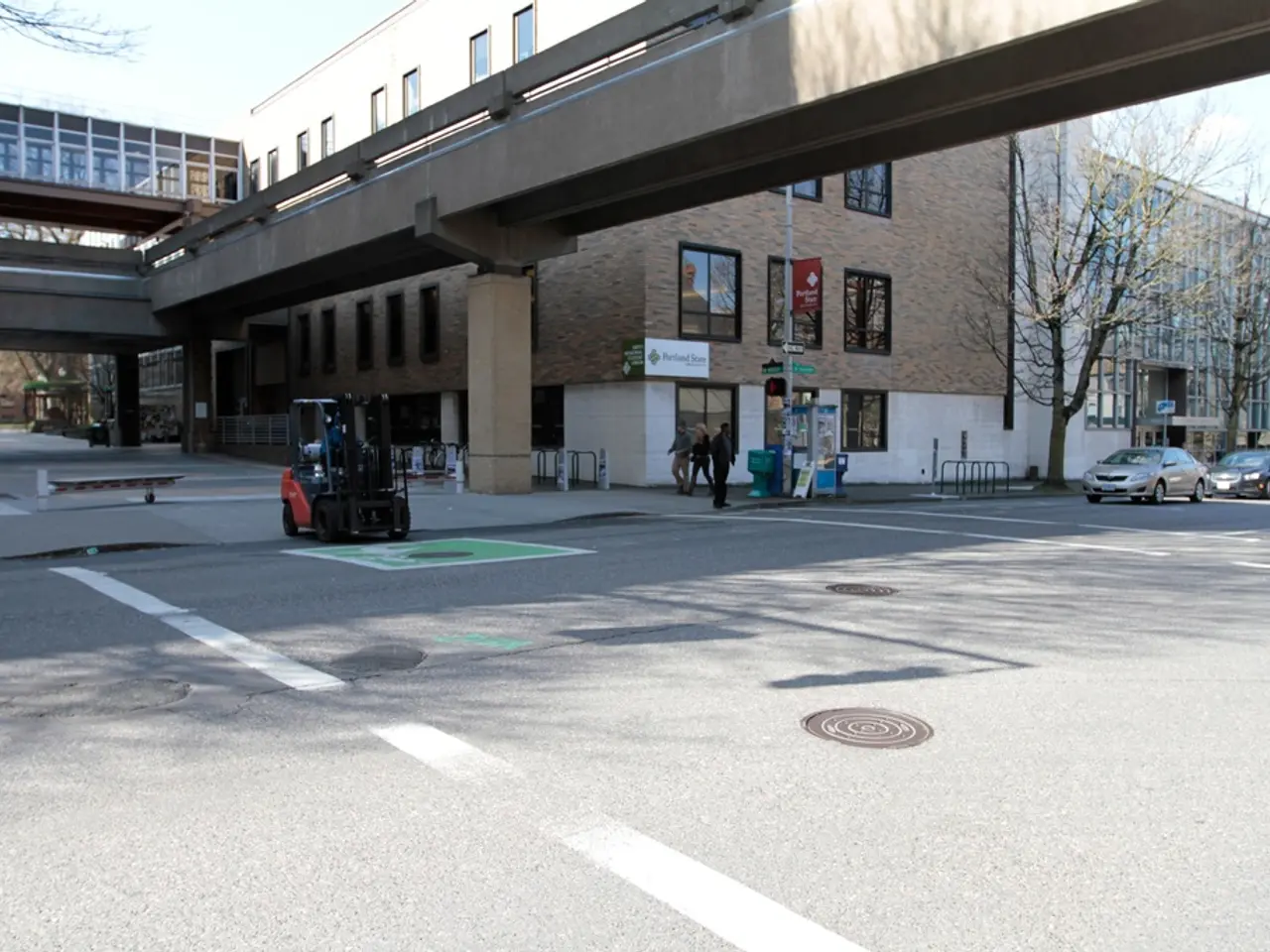Poorly serviced transport regions under scrutiny as new housing developments prioritized, study reveals
The UK government has reinstated ambitious housing targets for local councils, aiming to deliver 1.5 million homes over the next five years. As part of this plan, significant public investment includes a £16 billion National Housing Bank to unlock over 500,000 new homes and stimulate further private investment [1][4]. The focus is not only on new homes but also on social and affordable housing, with an aim to address the housing crisis on multiple fronts [2][3].
However, a closer look at the planned housing developments raises concerns about the provision of adequate public transport infrastructure. While government plans emphasize the importance of councils developing Local Plans that presumably include considerations for infrastructure like transport connections, specifics on transport integration are not provided [1].
A report titled 'What is being built in 2025? In search of the station' by Transport for New Homes campaigners examines housing targets against public transport satisfaction scores from IPSOS. The research highlights that councils across England, particularly those in rural and semi-rural areas with poor public transport infrastructure, are facing some of the highest housing targets [5].
Steve Chambers, a sustainable transport campaigner at Transport for New Homes, stated that the report exposes the government's naive nature, as there seems to be no correlation between where new homes are being built and quality public transport [6]. He emphasized that new developments should be built around good public transport from day one to avoid consigning hundreds of thousands of people to car dependency and traffic chaos.
Jenny Raggett, project coordinator at Transport for New Homes, believes that housing targets are leading to the development of giant housing estates on the edge of towns and villages, increasing congestion and limiting housing choices for non-drivers [7]. She urges councils to direct building in more sustainable locations that work with new and existing public transport infrastructure, promote regeneration, and economic growth.
As the Planning & Infrastructure Bill prepares for its second reading in the House of Lords on Wednesday, 25 June, it is crucial to address these concerns and ensure that new housing developments are integrated with robust public transport systems. This will not only improve residents' connectivity and sustainability but also contribute to the success of the government's ambitious housing targets.
Sources: [1] GOV.UK (2020). Planning for the right homes in the right places. Retrieved from
- To address the concerns about the provision of adequate public transport infrastructure in new housing developments, it is essential to emphasize the importance of integrating regeneration projects with robust public transport systems, ensuring that new homes are built around good public transport from the beginning.
- As part of the UK government's ambitious housing targets, attention should also be given to the development of sustainable housing estates that promote social housing, housing regeneration, and economic growth, while ensuring they are well-connected with existing and new public transport infrastructure.





